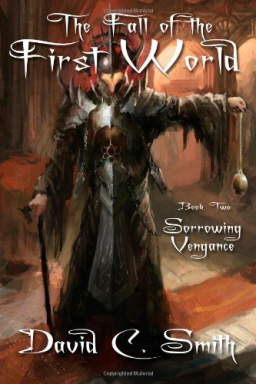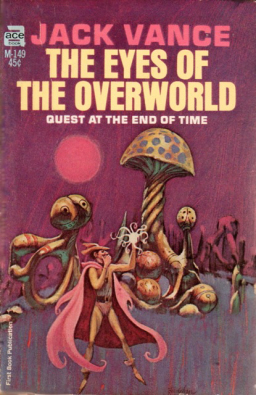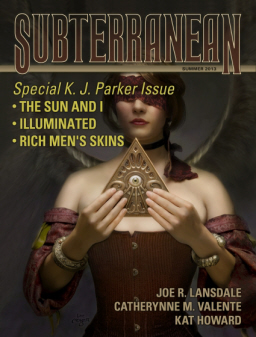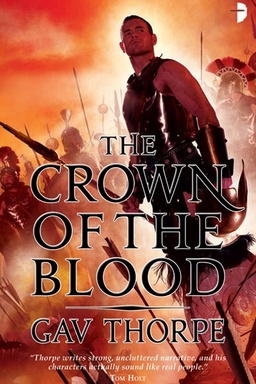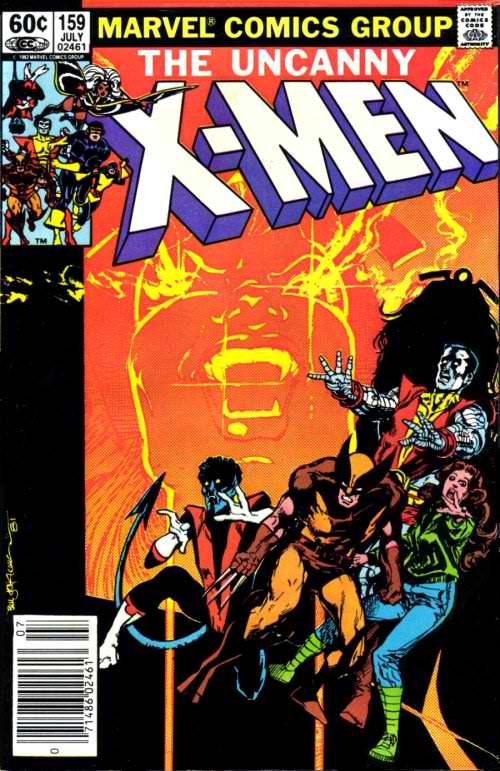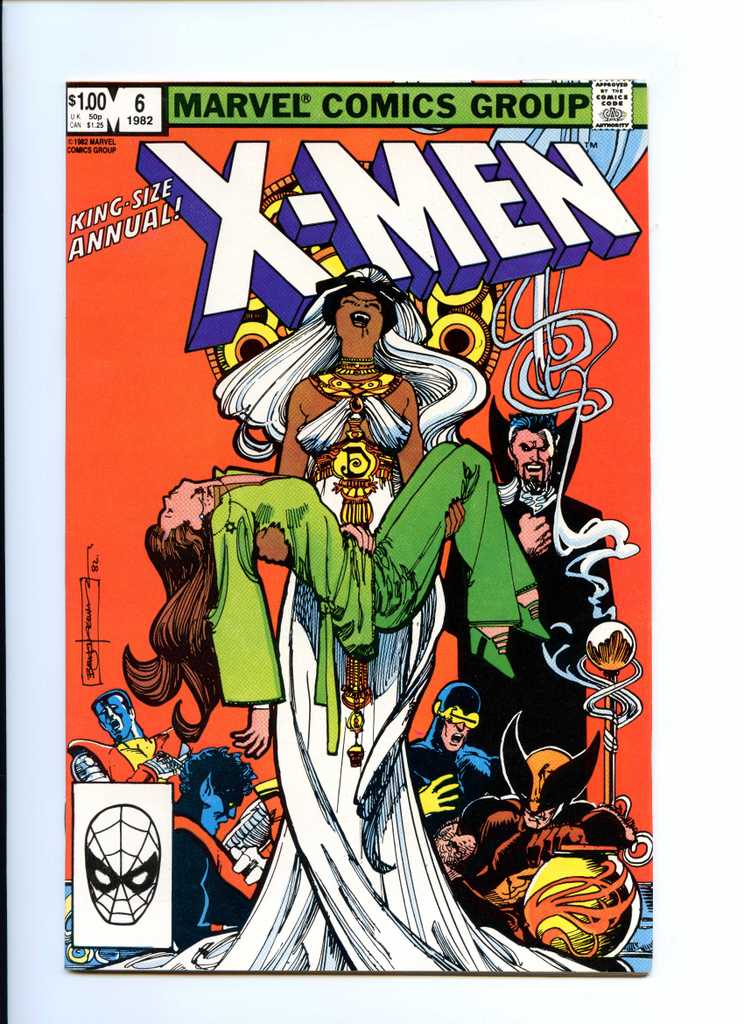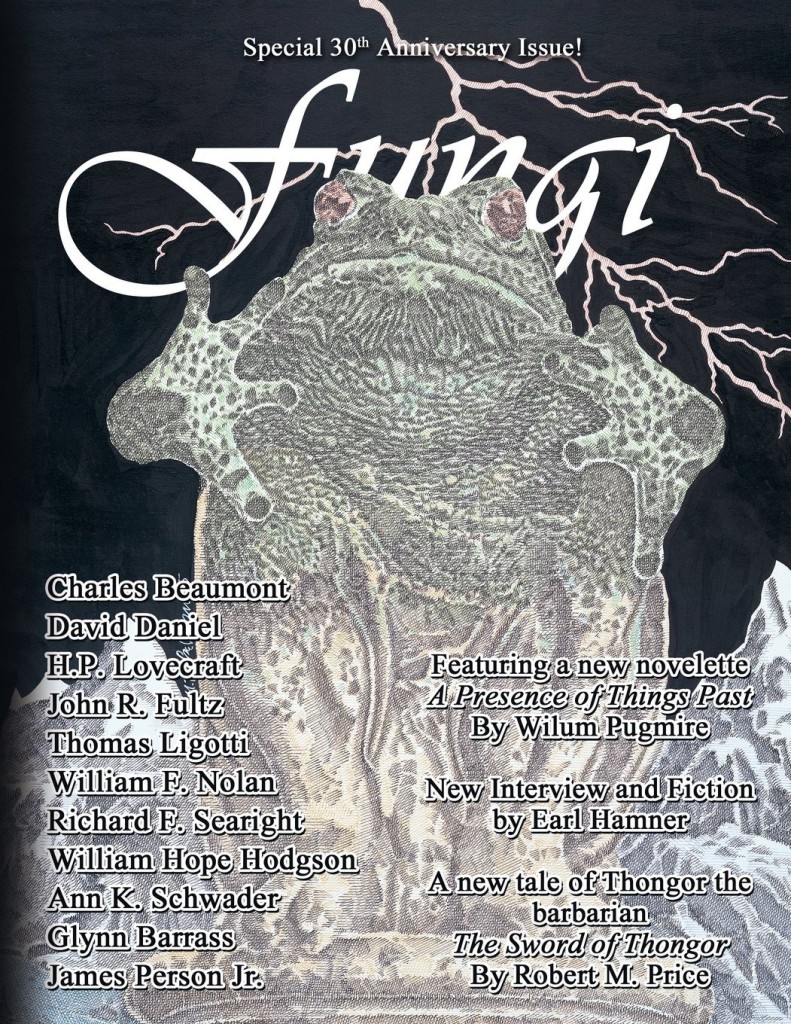Vintage Treasures: The Best of Henry Kuttner
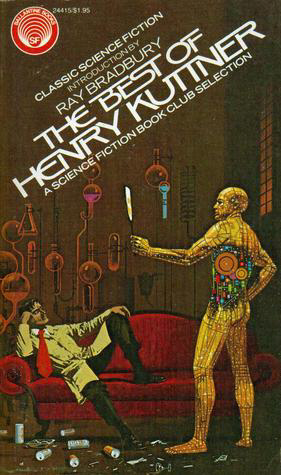 I’ve gotten used to introducing these vintage Best Of collections — as I did recently with The Best of Robert Bloch and The Best of Murray Leinster — assuming that most readers have no idea who the authors are.
I’ve gotten used to introducing these vintage Best Of collections — as I did recently with The Best of Robert Bloch and The Best of Murray Leinster — assuming that most readers have no idea who the authors are.
There’s been a surge of interest in Henry Kuttner lately, however, and he’s been in the news half a dozen times this year at Black Gate alone. The most recent was just last week, when we listed him as one of the luminaries covered by Bud Webster’s Past Masters.
But before that, Connor Gormley wrote a Fantasy Face-Off featuring Henry Kuttner’s Elak of Atlantis vs. Robert E Howard’s Conan the Cimmerian, I discussed The Startling Worlds of Henry Kuttner and looked at his Weird Tales classic “The Graveyard Rats.” And we announced the lucky winners of the giveaway copies of Thunder in the Void, the deluxe collection of Kuttner’s Space Opera tales from Haffner Press.
It’s not just us with a recent Kuttner obsession. In just the last few years, there’s been a re-discovery of this brilliant pulp author. Haffner also published the detailed retrospective Detour to Otherness, a collection of tales co-written with his wife, C.L. Moore, and a generous volume of his weird menace tales, Terror in the House: The Early Kuttner, Volume One. He’s been a favorite over at Paizo’s Planet Stories imprint as well, and they’ve brought his classics The Dark World, Elak of Atlantis, and Robots Have No Tails back into print in handsome new editions.
Centipede Press and the Science Fiction Book Club produced a massive 915-page retrospective of Moore and Kuttner’s collaborative work in 2006, Two Handed Engine: The Selected Stories of Henry Kuttner and C.L.Moore.
And his 1943 short story “Mimsy Were the Borogoves” (co-written with Moore) was made into the feature-length film The Last Mimzy by New Line Cinema in 2007.
Seriously, that’s not bad for someone who died over 50 years ago.
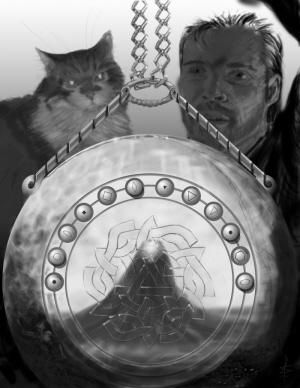
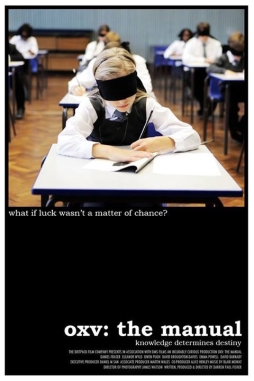 The 2013 edition of Montreal’s Fantasia film festival is well underway and I’ve been able to see three films so far, with more planned. A few days ago, I watched The Garden of Words, a visually spectacular 45-minute slice-of-life anime, and at noon yesterday took in After School Midnighters, a kid-oriented 3D animated movie that nicely balances plot and wackiness. Then, later that afternoon, I attended a showing of OXV: The Manual, a science-fiction film premiering at the festival. I was impressed enough to want to write about it here.
The 2013 edition of Montreal’s Fantasia film festival is well underway and I’ve been able to see three films so far, with more planned. A few days ago, I watched The Garden of Words, a visually spectacular 45-minute slice-of-life anime, and at noon yesterday took in After School Midnighters, a kid-oriented 3D animated movie that nicely balances plot and wackiness. Then, later that afternoon, I attended a showing of OXV: The Manual, a science-fiction film premiering at the festival. I was impressed enough to want to write about it here.